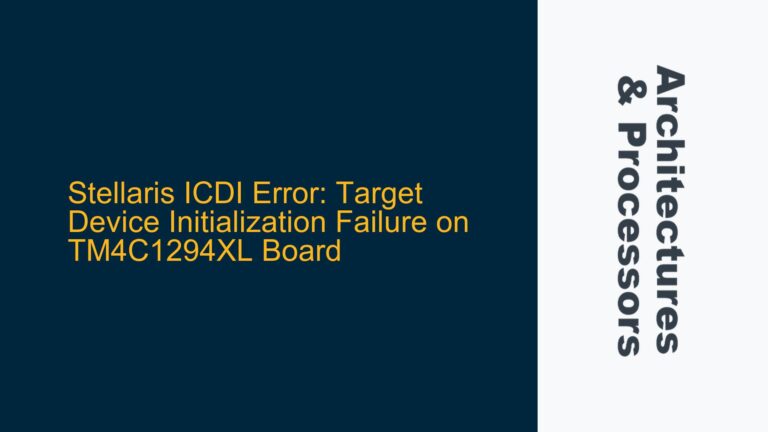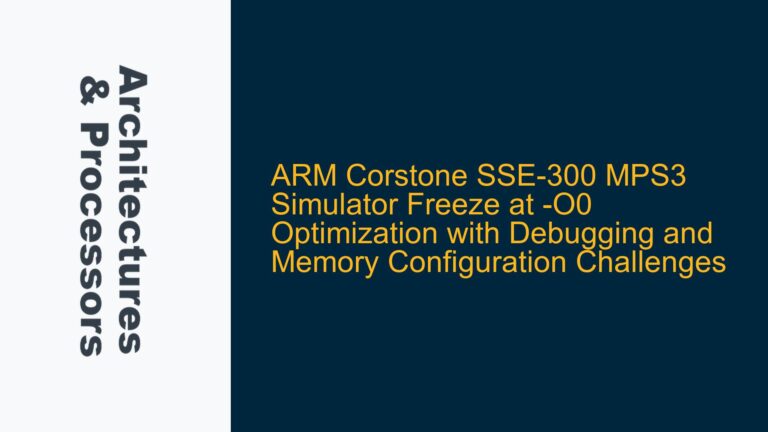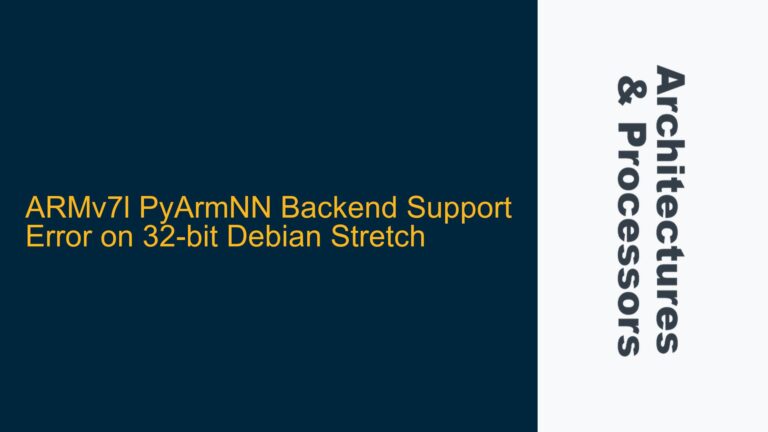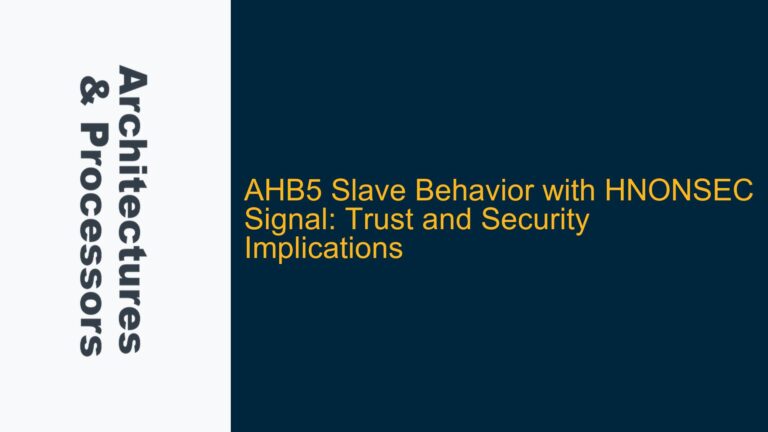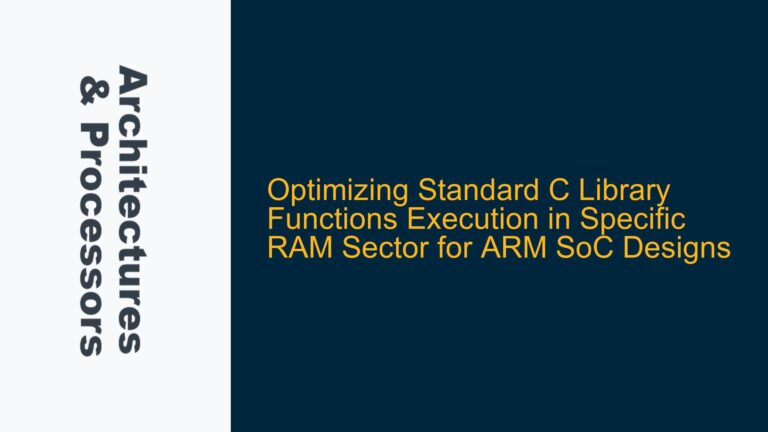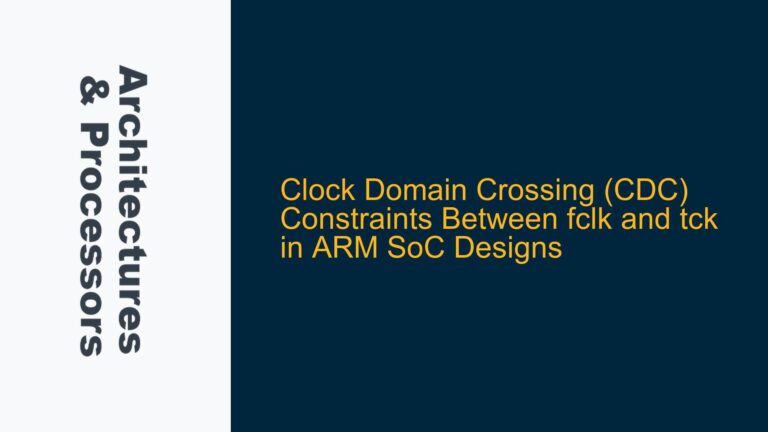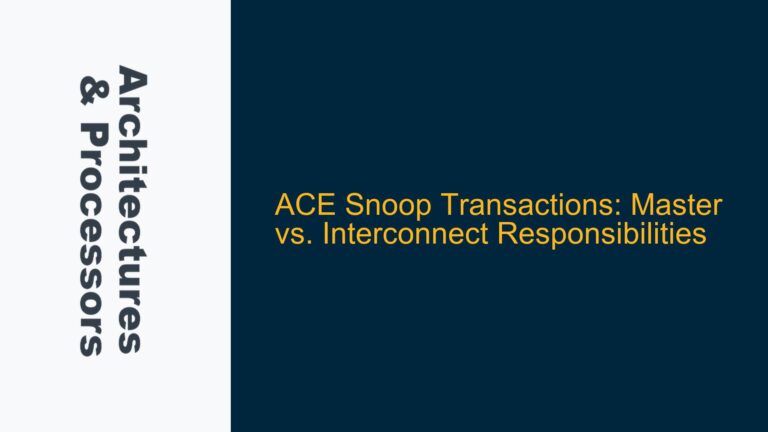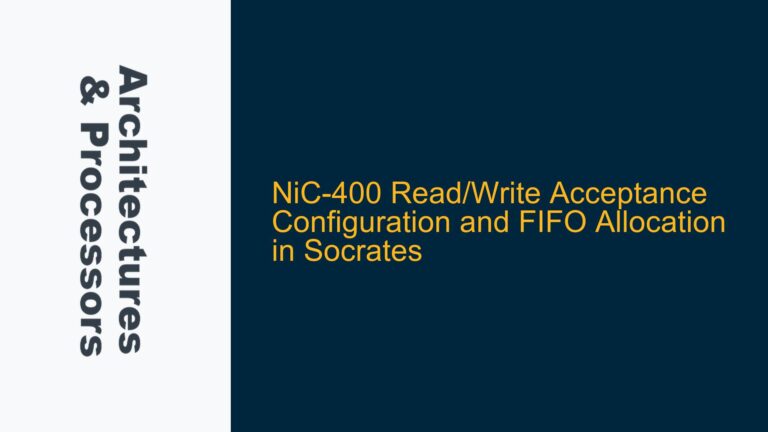Stellaris ICDI Error: Target Device Initialization Failure on TM4C1294XL Board
ARM Cortex-M4 Debug Interface Initialization Failure The error message "Stellaris ICDI Error: Could not initialize target device! Please power cycle the board and try again" is a common issue encountered when working with the TM4C1294XL evaluation board using the Keil IDE and the onboard Stellaris In-Circuit Debug Interface (ICDI). This error typically occurs during the…
